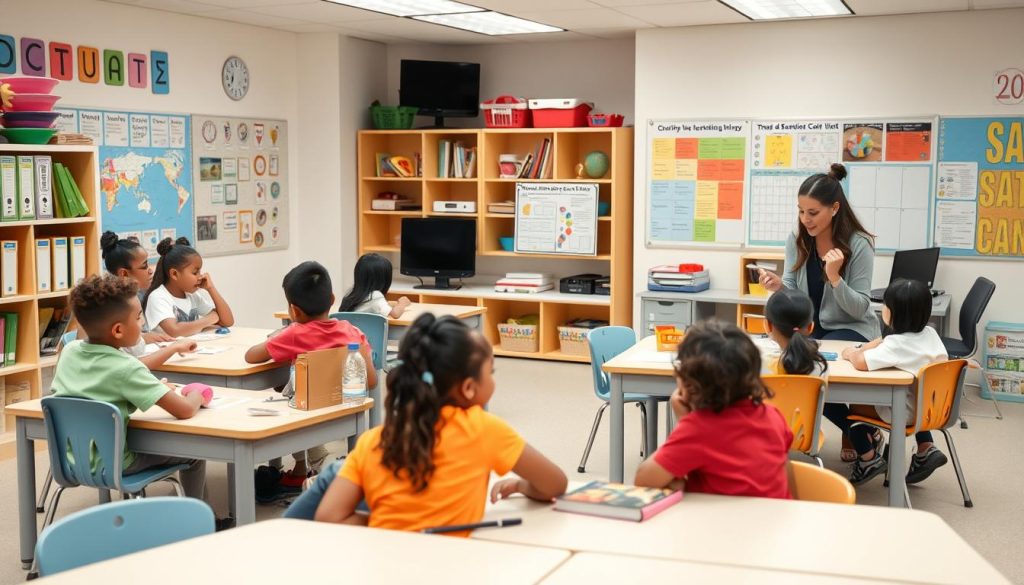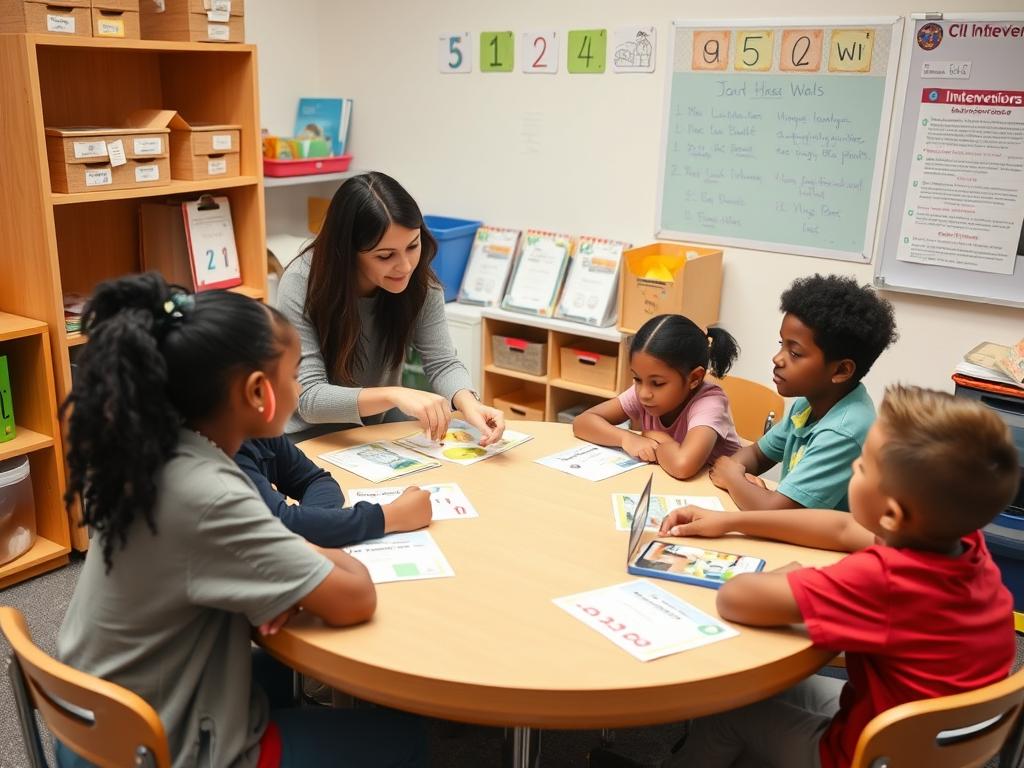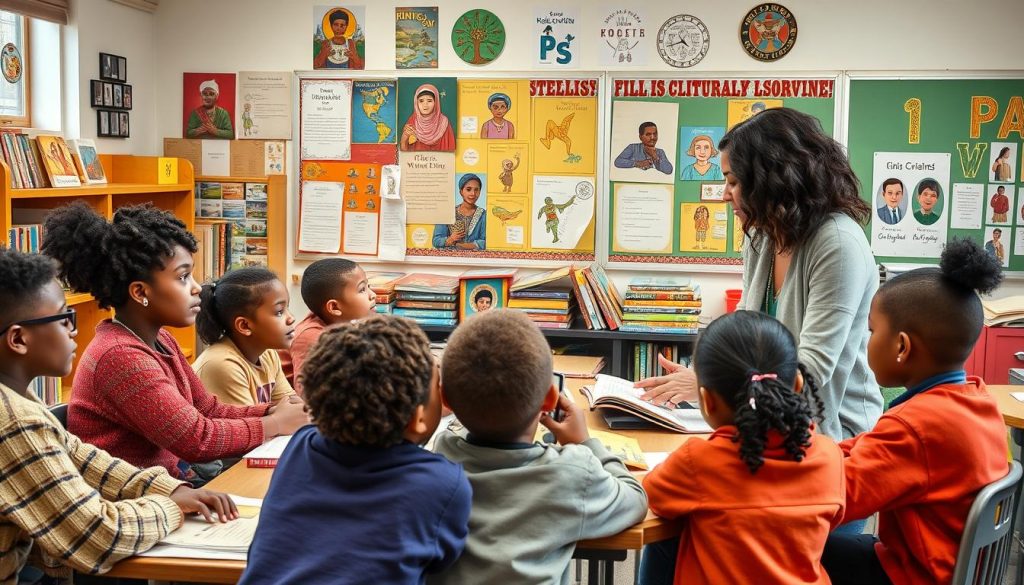Understanding the Achievement Gap: Root Causes and Impacts
Before we can effectively address the achievement gap, we must first understand its complex origins. Research consistently shows that this gap begins before children even enter kindergarten and often widens throughout their educational journey without proper intervention.
The achievement gap manifests in multiple ways: standardized test scores, graduation rates, college enrollment, and career readiness. Students from disadvantaged backgrounds often score significantly lower on assessments and are less likely to complete high school or pursue higher education compared to their more advantaged peers.
Key Factors Contributing to the Achievement Gap
School-Based Factors
- Inequitable funding and resources
- Varying teacher quality and experience
- Limited access to rigorous curriculum
- Tracking systems that reinforce disparities
- Implicit bias in expectations and discipline
External Factors
- Socioeconomic disparities
- Limited access to early childhood education
- Language barriers
- Health and nutrition challenges
- Housing instability and mobility
Understanding these factors helps educators recognize that closing the achievement gap requires a multifaceted approach that addresses both in-school practices and broader societal issues. While teachers cannot control all external factors, they can implement classroom strategies that help mitigate these disparities.
Ready to Make a Difference?
Discover research-backed differentiation strategies that help close the achievement gap in diverse classrooms.
Assessment Strategies to Identify Achievement Gap Patterns
Effective intervention begins with accurate assessment. To address the achievement gap, educators must first identify where students stand academically and what specific challenges they face.
Diagnostic Assessment Approaches
Begin the school year with comprehensive diagnostic assessments that measure students’ current knowledge and skills. These assessments should:
- Evaluate multiple learning domains (reading, writing, math, critical thinking)
- Identify specific skill gaps rather than just overall performance
- Establish baseline data for measuring growth
- Inform grouping strategies and differentiated instruction
Ongoing Formative Assessment
Regular formative assessments help teachers track progress and adjust instruction accordingly. These might include:
Quick Checks
Exit tickets, thumbs up/down, digital polls, and other rapid assessment tools that provide immediate feedback on student understanding.
Performance Tasks
Authentic assignments that require students to apply knowledge and skills in realistic contexts, revealing deeper understanding.
Student Self-Assessment
Structured opportunities for students to reflect on their own learning, identifying strengths and areas for growth.
By consistently monitoring student progress, teachers can identify when the achievement gap is widening for certain students and intervene promptly with targeted support.
Pro Tip: Create data tracking systems that allow you to visualize progress across different student groups. This helps identify patterns in the achievement gap that might otherwise go unnoticed.
Differentiation Strategies to Bridge the Achievement Gap
Differentiated instruction is perhaps the most powerful tool educators have for addressing the achievement gap. By tailoring teaching approaches to meet diverse learning needs, teachers can help all students access the curriculum and make meaningful progress.

Content Differentiation
Adjust what students learn based on their readiness, interests, and learning profiles:
- Provide texts at multiple reading levels addressing the same concepts
- Create tiered assignments with varying levels of complexity
- Offer choice boards that allow students to select how they’ll learn key content
- Develop curriculum compacting for advanced learners who have already mastered content
Process Differentiation
Modify how students learn to accommodate different learning styles and needs:
Flexible Grouping
Strategically group students based on data, allowing for movement between groups as skills develop. This prevents the tracking that often reinforces the achievement gap.
Scaffolded Instruction
Provide temporary supports that gradually decrease as students gain independence. This might include graphic organizers, sentence starters, or guided notes.
Product Differentiation
Vary how students demonstrate their learning:
- Offer multiple assessment options (written, oral, visual, digital)
- Provide clear rubrics that focus on essential learning outcomes
- Allow for project-based assessments that tap into student interests
- Implement portfolio assessment to showcase growth over time
“Differentiation is not about having different students do different things; it’s about creating the right conditions for each student to learn the same important things in ways that work for them.”
– Carol Ann Tomlinson
Transform Your Differentiation Practice
Get access to ready-to-use differentiation templates, lesson plans, and assessment tools designed to close the achievement gap.
Targeted Interventions to Narrow the Achievement Gap
While quality classroom instruction is essential, some students require additional support to overcome the achievement gap. Implementing targeted interventions can accelerate learning for struggling students.

Multi-Tiered System of Supports (MTSS)
Implement a structured approach to providing increasingly intensive interventions based on student needs:
Tier 1: Universal
High-quality core instruction with differentiation for all students. This should meet the needs of approximately 80% of students.
Tier 2: Targeted
Supplemental instruction for students who need additional support beyond the core curriculum. This might include small group intervention 3-4 times per week.
Tier 3: Intensive
Individualized, intensive interventions for students with significant learning gaps. These interventions are more frequent, longer in duration, and often one-on-one.
Effective Intervention Practices
Research-backed approaches that help close the achievement gap include:
- Extended learning time – Before/after school programs, summer school, and weekend academies
- High-dosage tutoring – Consistent, frequent sessions with the same tutor focusing on specific skills
- Acceleration rather than remediation – Focus on grade-level content with just-in-time support rather than endless review
- Technology-assisted learning – Adaptive programs that adjust to student needs and provide immediate feedback
Research Insight: Studies show that high-dosage tutoring (3+ sessions per week) can help students gain 1-2 years of academic growth in a single school year, making it one of the most effective interventions for closing the achievement gap.
When implementing interventions, it’s crucial to regularly monitor progress and adjust approaches based on data. This ensures that interventions are effectively narrowing the achievement gap rather than maintaining the status quo.
Culturally Responsive Teaching to Address the Achievement Gap
Cultural disconnects between students’ home experiences and school expectations can contribute significantly to the achievement gap. Culturally responsive teaching bridges this divide by acknowledging, respecting, and incorporating students’ cultural backgrounds into instruction.

Key Principles of Culturally Responsive Teaching
Building Relationships
Develop authentic connections with students and their families to understand their cultural backgrounds, values, and experiences. These relationships create a foundation of trust that supports academic risk-taking.
Relevant Curriculum
Incorporate diverse perspectives, authors, and examples that reflect students’ cultural backgrounds. When students see themselves represented in the curriculum, engagement and motivation increase.
Asset-Based Approach
Recognize and leverage the cultural knowledge, skills, and experiences that students bring to the classroom as strengths rather than deficits. This shifts the narrative from what students lack to what they contribute.
High Expectations
Maintain rigorous academic standards for all students while providing the necessary scaffolds for success. Avoid the “soft bigotry of low expectations” that can reinforce the achievement gap.
Practical Implementation Strategies
Transform your classroom practice with these culturally responsive approaches:
- Conduct regular cultural self-assessments to identify your own biases and assumptions
- Create classroom libraries with diverse authors and characters
- Incorporate students’ cultural references into examples and analogies
- Use varied communication styles that honor different cultural norms
- Implement collaborative learning structures that build on collectivist cultural values
- Invite family and community members to share cultural knowledge and expertise
“Culturally responsive teaching isn’t just about celebrating diversity—it’s about leveraging students’ cultural knowledge as a bridge to academic success and a tool for closing the achievement gap.”
– Gloria Ladson-Billings
By integrating culturally responsive practices, teachers acknowledge that the achievement gap is not just about academic skills but also about creating learning environments where all students feel valued, represented, and capable of success.
Enhance Your Cultural Responsiveness
Earn professional development credits while learning to implement culturally responsive teaching strategies that help close the achievement gap.
Family Engagement Strategies to Combat the Achievement Gap
Research consistently shows that family involvement significantly impacts student achievement. Meaningful partnerships between schools and families can be a powerful force in narrowing the achievement gap.

Building Authentic Partnerships
Move beyond traditional parent involvement to create genuine partnerships:
Two-Way Communication
Establish regular, bidirectional communication channels that work for families. This might include text messaging, apps, phone calls, home visits, or translated materials.
Asset-Based Approach
Recognize families as experts on their children and valuable resources rather than viewing them through a deficit lens. This shift in perspective helps address biases that contribute to the achievement gap.
Practical Family Engagement Strategies
- Academic partnering – Provide specific guidance on how families can support learning at home
- Learning showcases – Create opportunities for students to present their work to families
- Family resource centers – Establish spaces where families can access educational materials, technology, and support
- Home learning routines – Help families establish consistent homework and reading practices
- Cultural brokers – Enlist community members who can help bridge cultural and linguistic divides
Success Story: One elementary school closed their achievement gap by 30% after implementing a comprehensive family engagement program that included weekly text message updates about curriculum, monthly family learning nights, and a parent leadership team that co-designed school initiatives.
When schools and families work together, they create a powerful support system that helps all students succeed regardless of background. This collaborative approach is essential for addressing the achievement gap that persists in many communities.
Moving Forward: Sustained Commitment to Closing the Achievement Gap
Addressing the achievement gap requires more than isolated interventions or temporary initiatives. It demands a sustained, systemic commitment to educational equity that permeates every aspect of school culture and practice.

As we’ve explored throughout this article, closing the achievement gap requires a multifaceted approach that includes:
- Accurate assessment to identify gaps and monitor progress
- Differentiated instruction that meets diverse learning needs
- Targeted interventions for students requiring additional support
- Culturally responsive teaching that builds on students’ backgrounds
- Authentic family partnerships that extend learning beyond school walls
While the challenge is significant, countless educators have demonstrated that with the right strategies and unwavering commitment, the achievement gap can be narrowed and even closed. Every step toward educational equity brings us closer to a system where all students have the opportunity to reach their full potential.
Ready to Make a Difference?
Access comprehensive resources and earn professional development credits while implementing strategies that close the achievement gap in your classroom.
“The achievement gap is not an inevitable reality but a challenge we can overcome through intentional practice, unwavering belief in all students’ potential, and a commitment to educational justice.”
By implementing the strategies outlined in this article and continuously reflecting on our practice, we can create classrooms where the achievement gap narrows and all students thrive academically, socially, and emotionally.
Additional Resources: For more strategies on addressing diverse ability levels in your classroom, check out Teaching Classes with Big Ability Differences from Edutopia and our comprehensive differentiation guide.




